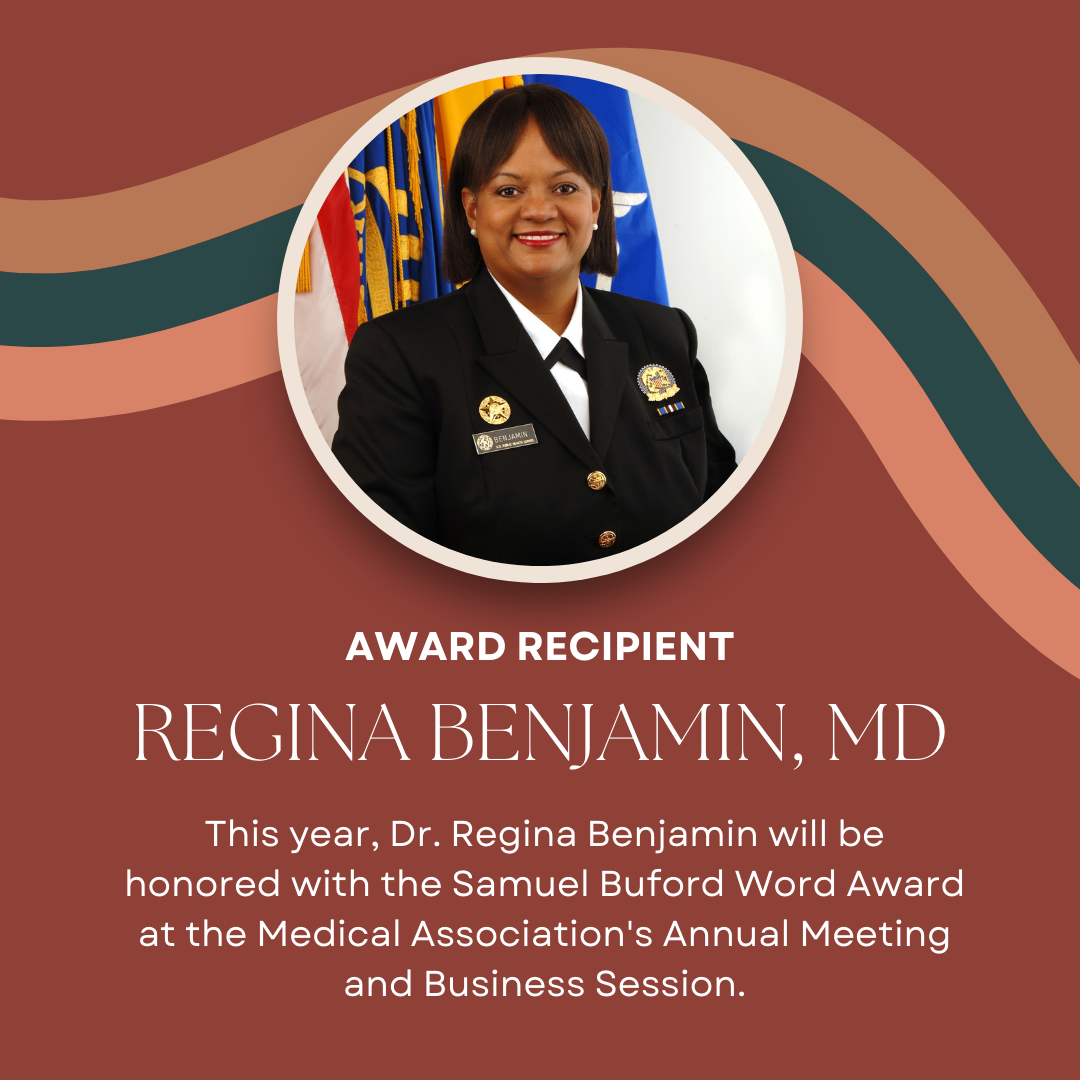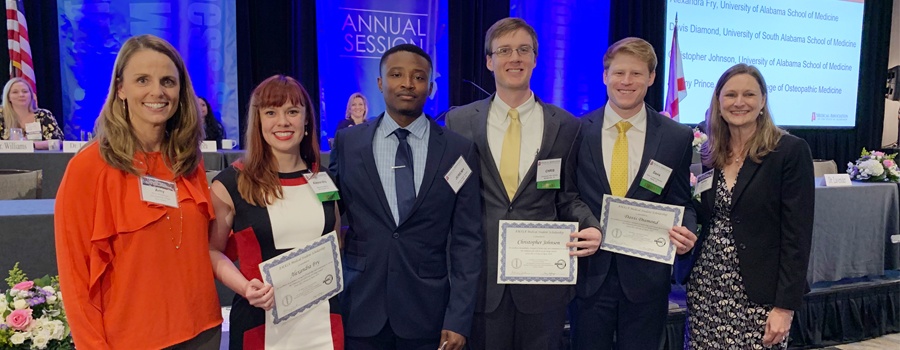Category: Education
-

Dr. Regina Benjamin: A Trailblazer in Medicine Honored with the Samuel Buford Word Award
In the realm of healthcare, the name Dr. Regina Benjamin resonates as a beacon of inspiration and change. As the first African American President of the Medical Association of the State of Alabama and the 18th Surgeon General of the United States, Dr. Benjamin’s illustrious career is marked by a profound commitment to service, advocacy,…
-

2023 Prescribing and Pharmacology of Controlled Drugs Conference
The Medical Association of Alabama hosted its annual meeting on November 18-19, 2023, at the Hyatt Regency Birmingham-The Wynfrey Hotel in Birmingham, Alabama. The focal point of this gathering was the renowned “Prescribing and Pharmacology of Controlled Drugs Conference,” marking the 15th year of its occurrence and the 45th presentation of the 12-hour Prescribing and…
-

Effective Nov. 18: Gabapentin Changed to Schedule V
On May 15, 2019, the Alabama State Committee of Public Health voted to change gabapentin to a Scheduled V medication, effective Nov. 18, 2019. The six-month implementation period was provided to allow time to implement the appropriate changes for a legend medication to move to a scheduled medication. These changes may include the following: software…
-

Pregnancy-Related Deaths Happen Before, During, and Up to a Year After Delivery
3-in-5 pregnancy-related deaths could be prevented, no matter when they occur. Pregnancy-related deaths can occur up to a year after a woman gives birth – but whenever they occur, most of these deaths are preventable, according to a new CDC Vital Signs report. Of the 700 pregnancy-related deaths that happen each year in the United…
-

Critical Errors in Inhaler Technique Common in Children with Asthma
In the first study to evaluate inhaler technique in children hospitalized for asthma – the group at highest risk for complications and death from asthma – researchers found that nearly half of participants demonstrated improper inhaler use, which means they routinely were not taking in the full dose of medication. Adolescents most commonly displayed critical…
-

Four Medical Students Receive Scholarships during 2019 Annual Meeting
BIRMINGHAM – This year four medical students received scholarship awards totaling up to $8,000 during the 2019 Annual Meeting of the Medical Foundation of Alabama. The AMASA Medical Student Scholarship Fund was established in 2012 by the Alliance to the Medical Association of the State of Alabama in partnership with the Medical Foundation of Alabama…
-

MOC UPDATE: A Progress Report
March 22, 2019: The Medical Association is continuing to work with various stakeholders to make improvements in the MOC process, and we would like to offer a progress report from the American Board of Medical Specialties and its Continuing Board Certification: Vision for the Future Commission. The final report is out, and member boards are…
-

MOC Update: ABMS Plans Implementation of Board Certification Recommendations
March 12, 2019 CHICAGO – The American Board of Medical Specialties (ABMS) Board of Directors plans to address the recommendations shared in the Continuing Board Certification: Vision for the Future Commission’s final report. Presented to the ABMS Board in mid-February, the Commission’s final report is the culmination of research, testimony and public feedback from stakeholders…
-

Are You Interested in Becoming a DATA-Waived Physician?
Enhanced Payment Rates Available The Alabama Department of Mental Health is interested in partnering with physicians and other medical professionals who provide medication-assisted treatment (MAT) in the black belt counties and surrounding counties. As part of this initiative, ADMH is currently developing a Center of Excellence (COE) which will be located in one of these counties.…
-

Attention Primary Care Providers: Alcohol and Drug Conference is March 19-21
See also: Are You Interested in Becoming a DATA-Waived Physician? Alabama Department of Mental Health has partnered with the Alabama Department of Public Health on a grant to increase awareness of substance use disorders among primary care professionals. This grant will allow ADMH to pay the registration fee only for any of the following to…